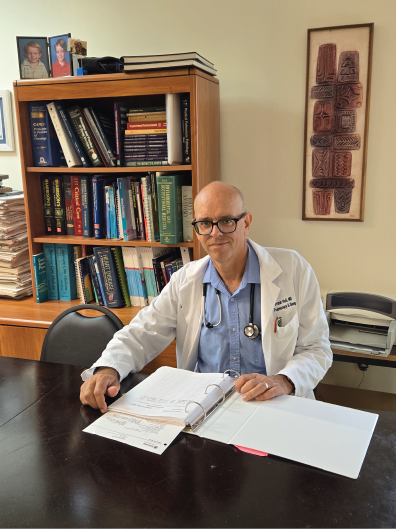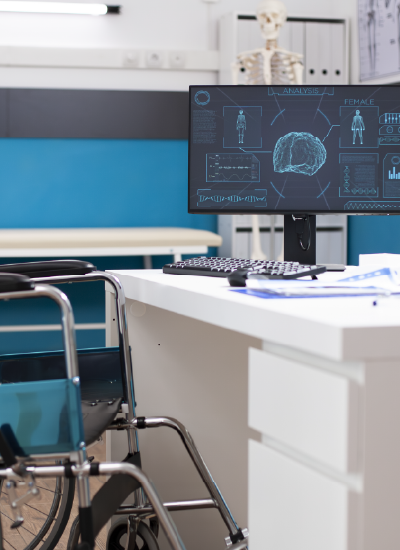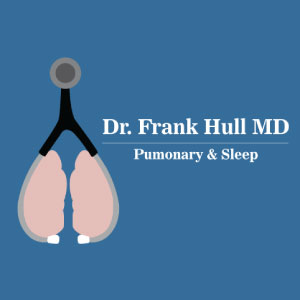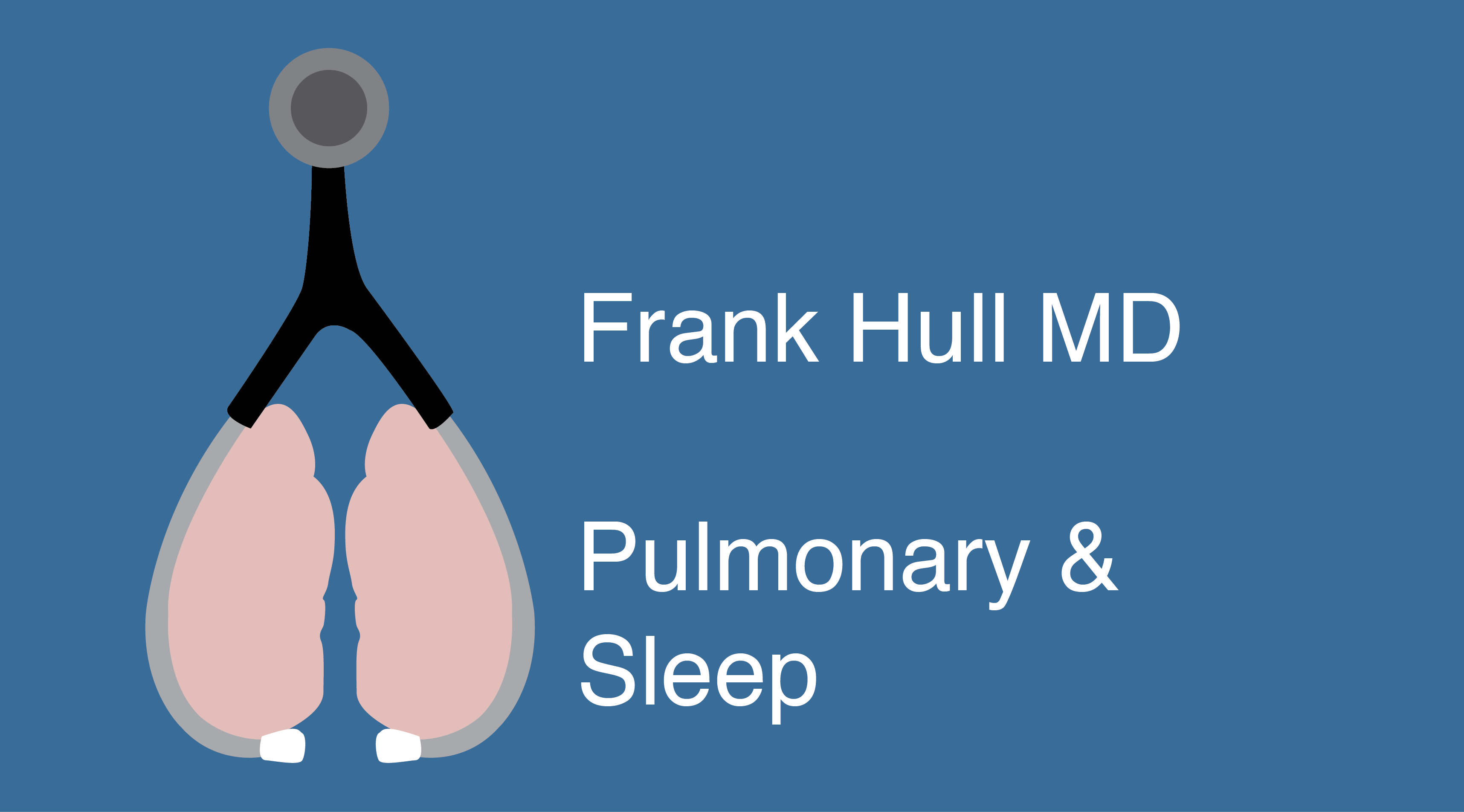Review of Asthma Immunopathology
Introduction
Asthma is now recognized as a heterogeneous disease with multiple endotypes, each characterized by distinct pathophysiological mechanisms. Understanding these mechanisms is crucial for targeted therapeutic approaches. This review focuses on three major endotypes: allergic asthma, eosinophilic asthma, and TH2-low asthma, with particular emphasis on the role of alarmins, interleukins, and inflammatory cells in their pathogenesis.
Epithelial Barrier and Alarmins: The Initial Response
Epithelial Barrier Function
The airway epithelium serves as the first line of defense against environmental insults and plays a crucial role in asthma pathogenesis. In asthmatic patients, the epithelial barrier shows:
● Compromised tight junctions
● Increased permeability
● Enhanced susceptibility to environmental triggers
● Altered mucus production
● Modified pattern recognition receptor expression
Alarmins: The Epithelial-Derived Cytokines
Alarmins, also known as epithelial-derived cytokines, are crucial initiators of type 2 inflammation. The three primary alarmins are:
1.TSLP (Thymic Stromal Lymphopoietin)
○ Released by damaged epithelial cells
○ Functions:
■ Activates dendritic cells
■ Promotes TH2 cell differentiation
■ Enhances mast cell responses
■ Stimulates ILC2 cells
○ Regulation:
■ Upregulated by environmental triggers
■ Enhanced by TLR activation
■ Influenced by mechanical stress
2.IL-33
○ Constitutively expressed in nucleus of epithelial cells
○ Released upon cellular damage
○ Functions:
■ Potent activator of ILC2s
■ Enhances mast cell responses
■ Promotes eosinophil survival
■ Augments TH2 cell function
○ Unique features:
■ Nuclear localization in homeostasis
■ Rapid release upon damage
■ Amplification of existing type 2 responses
3.IL-25
○ Released by epithelial cells and other cell types
○ Functions:
■ Activates ILC2s
■ Promotes TH2 differentiation
■ Enhances type 2 cytokine production
○ Interaction with other alarmins:
■ Synergizes with IL-33 and TSLP
■ Creates feedback loops enhancing inflammation
Alarmin Signaling Cascade
The release of alarmins initiates a complex cascade
1. Activation of resident immune cells
2. Recruitment of inflammatory cells
3. Initiation of adaptive immune responses
4. Establishment of chronic inflammation
5. Tissue remodeling

The Bridge: Dendritic Cells and Initial Immune Response
Dendritic Cell Activation and Migration
Dendritic cells (DCs) serve as the crucial bridge between innate and adaptive immunity in asthma:

1.Activation
○ Response to alarmins
○ Pattern recognition receptor engagement
○ Uptake of antigens
○ Expression of costimulatory molecules
2.Migration
○ CCR7-dependent movement to lymph nodes
○ Transport of processed antigens
○ Interaction with naive T cells
3.Phenotypic Changes
○ Upregulation of OX40L
○ Enhanced expression of costimulatory molecules
○ Production of TH2-promoting cytokines
DC-T Cell Interaction
The interaction between DCs and T cells is crucial for determining the type of immune response:
1.Signal Delivery
○ Antigen presentation via MHC-II
○ Costimulatory molecule engagement
○ Cytokine production
2.T Cell Polarization
○ Promotion of TH2 differentiation
○ Generation of memory T cells
○ Establishment of long-term immunity
TH2 Lymphocytes: The Central Orchestrators
TH2 Cell Development and Activation
1.Differentiation Factors
○ IL-4 signaling
○ STAT6 activation
○ GATA3 expression
○ Environmental influences
2.Key Transcription Factors
○ GATA3 as the master regulator
○ STAT6 signaling
○ NFATc2 involvement
○ IRF4 contribution
3.Cytokine Production
○ IL-4
○ IL-5
○ IL-13
○ IL-9
TH2 Cytokine Functions
1.IL-4
○ B cell class switching to IgE
○ Enhancement of TH2 differentiation
○ Suppression of TH1 responses
○ Promotion of tissue remodeling
2.IL-5
○ Eosinophil development
○ Eosinophil survival
○ Eosinophil activation
○ Enhancement of eosinophil recruitment
3.IL-13
○ Mucus production
○ Airway hyperresponsiveness
○ Tissue remodeling
○ IgE class switching

B Cells and IgE Production
B Cell Activation and Class Switching

1.Initial Activation
○ Antigen recognition
○ T cell help
○ Costimulatory signals
2.Class Switch Recombination
○ IL-4 and IL-13 signaling
○ CD40-CD40L interaction
○ Activation of AID
○ Generation of switch circles
3.Plasma Cell Differentiation
○ Transcriptional changes
○ Antibody production
○ Memory B cell generation
IgE-Mediated Responses
1.High-Affinity Receptor (FcεRI)
○ Expression on mast cells and basophils
○ Signal transduction
○ Cellular activation
2.Low-Affinity Receptor (CD23)
○ Regulation of IgE production
○ Antigen presentation
○ B cell survival
Eosinophilic Inflammation
Eosinophil Development and Trafficking
1.Bone Marrow Development
○ IL-5 influence
○ Transcription factors
○ Maturation stages
2.Trafficking Signals
○ Eotaxins (CCL11, CCL24, CCL26)
○ IL-5 enhancement
○ Adhesion molecules
○ Chemokine receptors
3.Tissue Migration
○ Endothelial adhesion
○ Transmigration
○ Tissue localization
Eosinophil Effector Functions
1.Granule Proteins
○ Major Basic Protein (MBP)
■ Epithelial damage
■ Mast cell activation
■ Tissue remodeling
○ Eosinophil Cationic Protein (ECP)
■ Antimicrobial activity
■ Tissue damage
■ Mucus production
○ Eosinophil Peroxidase (EPO)
■ Oxidative damage
■ Inflammation enhancement
■ Tissue injury
2.Cytokine Production
○ IL-4
○ IL-13
○ TGF-β
○ Various growth factors
3.Tissue Effects
○ Epithelial damage
○ Airway remodeling
○ Nerve stimulation
○ Mucus production

Mast Cells in Asthma
Mast Cell Activation

1.IgE-Dependent Activation
○ FcεRI crosslinking
○ Signal transduction
○ Degranulation
○ Mediator synthesis
2.Non-IgE-Dependent Activation
○ Complement components
○ Neuropeptides
○ Physical stimuli
○ Toll-like receptor ligands
Mast Cell Mediators
1.Preformed Mediators
○ Histamine
■ Bronchial smooth muscle contraction
■ Vascular permeability
■ Mucus secretion
■ Nerve ending stimulation
○ Proteases
■ Tissue remodeling
■ Matrix degradation
■ Activation of other mediators
○ Heparin
■ Anticoagulation
■ Growth factor binding
■ Matrix organization
2.Newly Synthesized Mediators
○ Prostaglandin D2
○ Leukotrienes (LTC4, LTD4, LTE4)
○ Platelet-activating factor
○ Various cytokines
TH2-Low Asthma
Characteristics and Mechanisms
1.Inflammatory Pattern
○ Neutrophilic inflammation
○ Mixed granulocytic inflammation
○ Paucigranulocytic inflammation
2.Key Mediators
○ IL-17
○ IL-23
○ TNF-α
○ IFN-γ
3.Cellular Components
○ TH17 cells
○ TH1 cells
○ Neutrophils
○ Innate lymphoid cells type 1 and 3
Pathogenic Mechanisms
1.Neutrophilic Inflammation
○ IL-17-mediated recruitment
○ CXCL8 production
○ Neutrophil activation
○ Tissue damage
2.Airway Remodeling
○ Matrix metalloproteinases
○ Neutrophil elastase
○ Oxidative stress
○ Epithelial damage

Inflammatory Mediators and Their Networks
Chemokines

1.Eotaxins
○ CCL11 (Eotaxin-1)
■ Primary eosinophil chemoattractant
■ Tissue-specific expression
■ Regulation by IL-13
○ CCL24 (Eotaxin-2)
■ Later phase recruitment
■ Tissue distribution
■ Regulation patterns
○ CCL26 (Eotaxin-3)
■ Chronic phase involvement
■ IL-4 regulation
■ Tissue specificity
2.Other Important Chemokines
○ CXCL8 (IL-8)
○ CCL17 (TARC)
○ CCL22 (MDC)
Lipid Mediators
1.Leukotrienes
○ Synthesis pathways
○ Receptor interactions
○ Biological effects
2.Prostaglandins
○ PGD2 signaling
○ Receptor distribution
○ Cellular responses
Growth Factors
1.TGF-β
○ Airway remodeling
○ Fibroblast activation
○ Matrix production
2.VEGF
○ Vascular remodeling
○ Permeability
○ Tissue repair
Clinical Implications and Therapeutic Targeting
Biomarker-Based Endotyping
1.Type 2-High Biomarkers
○ Blood eosinophils
○ Serum IgE
○ FeNO
○ Periostin
2.Type 2-Low Biomarkers
○ Neutrophil counts
○ IL-17 levels
○ Other inflammatory markers
Targeted Therapies
1.Anti-IgE Therapy
○ Mechanism of action
○ Patient selection
○ Clinical outcomes
2.Anti-IL-5 Pathway
○ Different approaches
○ Efficacy markers
○ Response prediction
3.Anti-IL-4Rα
○ Dual IL-4/IL-13 blockade
○ Clinical applications
○ Patient selection
4.Anti-TSLP
○ Broader effects
○ Clinical potential
○ Patient populations

Future Directions
Emerging Therapeutic Targets

1.Novel Pathway Inhibition
○ Alternative activation pathways
○ Tissue repair mechanisms
○ Resolution of inflammation
2.Combination Approaches
○ Multiple pathway targeting
○ Personalized combinations
○ Sequential therapy
Research Needs
1.Biomarker Development
○ Better endotyping
○ Response prediction
○ Disease monitoring
2.Mechanism Understanding
○ Tissue specificity
○ Temporal dynamics
○ Resolution pathways
Conclusion
The complex interplay between epithelial cells, innate immune cells, and adaptive immune responses in asthma creates multiple opportunities for therapeutic intervention. Understanding the specific pathways involved in different asthma endotypes allows for more precise and effective treatment approaches. Continued research into the roles of various cellular and molecular components will likely reveal new therapeutic targets and improve our ability to treat this heterogeneous disease effectively.
